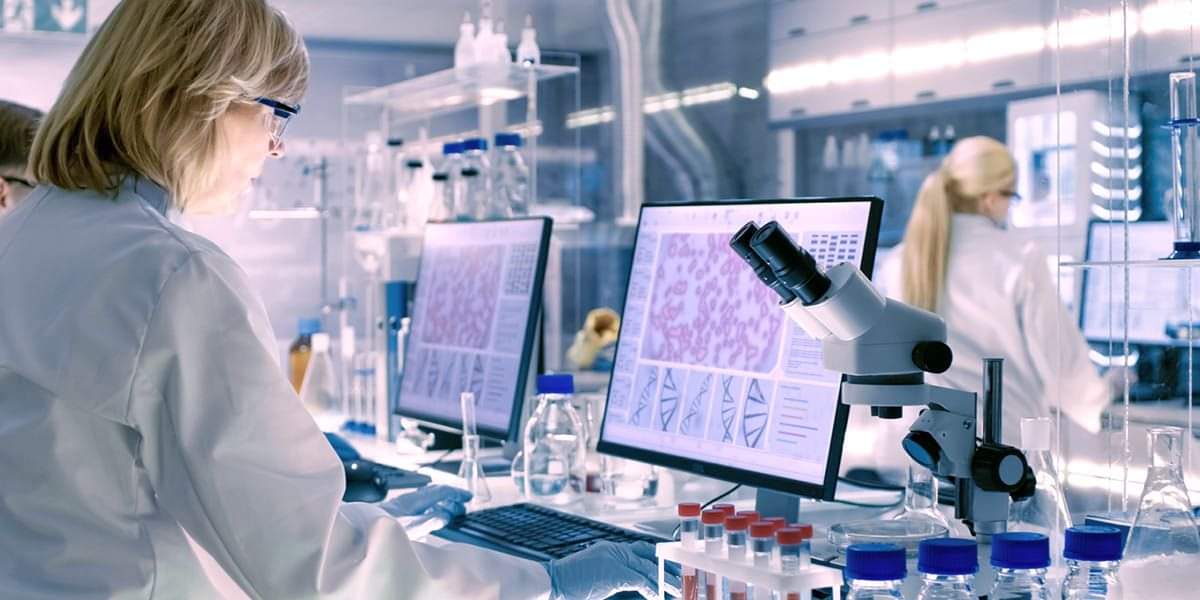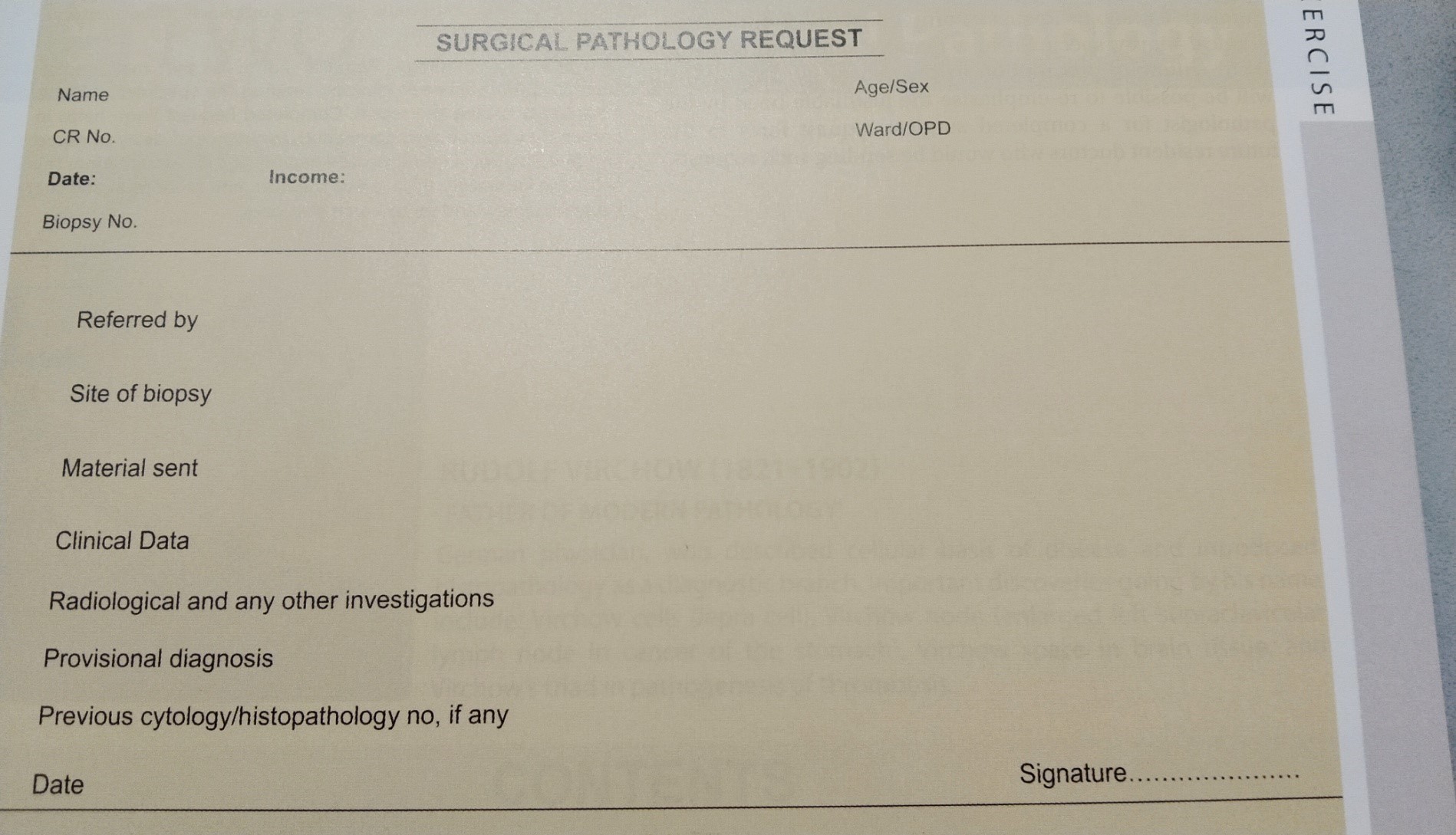
Introduction to Pathology
Definition:
Pathology is literally the study (logos) of suffering (pathos). More specifically, it is a bridging discipline involving both basic science and clinical practice.
Pathology devoted to the study of the structural, biochemical, and functional changes in cells, tissues, and organs that underlie disease.
Uses:
By the use of molecular, microbiologic, immunologic, and morphologic techniques, pathology attempts to explain,
- Whys and wherefores of the signs and symptoms manifested by patients.
- Provide the foundation for rational clinical care and therapy.
Subdivision:
- Traditionally, divided into —
- General pathology:
Concerned with the common reactions of cells and tissues to injurious stimuli. - Systemic pathology:
the specific responses of specialized organs and tissues to stimuli.
- General pathology:
Aspects of the disease process:
Four aspects of a disease process
- Etiology or cause
- Pathogenesis (biochemical and molecular mechanisms of development of disease).
- Morphologic changes (structural alterations in the cells or organ).
- Clinical manifestations (functional consequence)
Aspects of diseases process:
- Etiology or cause: grouped into two classes.;
- Genetic
- Acquired (e,g., infectious, nutritional, chemical, physical)
- Pathogenesis:
Refers to the sequence of cellular, biochemical, and molecular events due to the exposure of cells or tissues to an injurious agent. - Morphologic changes:
- Structural alterations in cells or tissues that are either characteristic of the disease or diagnostic of an etiologic process.
- Structural alterations in cells or tissues that are either characteristic of the disease or diagnostic of an etiologic process.
- Functional derangement and Clinical manifestations:
- The end result of genetic, biochemical, and structural changes in cells and tissue are functional abnormalities, leads to the clinical manifestations (symptoms and signs) of the disease, as well as its progress (clinical course and outcome).
- Summary:
- This concept of the cellular basis of disease was first put forth in the nineteenth century by Rudolf Virchow, Known as father of modern Pathology*.
- All forms of the disease start with molecular or structural changes in cells.
Routine histopathology techniques and staining
- Histology: Study of normal tissue.
- Histopathology: Study of diseased tissue for morphological changes due to disease process.
Preservation and transportation of specimen
- Biopsy: Removal of tissue for examination (macroscopic and microscopic) by a pathologist.
- Criteria of a good biopsy sample:
- Adequate, representative, and properly preserved.
- Adequate, representative, and properly preserved.
- Type of Biopsy:
- Incisional Biopsy
- Excisional Biopsy
- Needle Biopsy
Fixative used in Histopathology:
- Fixation is the preservation of biological
- The goal of fixation is to preserve the structure as faithfully as possible compared to the living state.
- Common fixatives are:
- 10% formalin
- Zenker’s fixative
- Bouin’s fixative
- Carnoy’s fixative
10% formalin
- 10% Neutral buffered formalin(NBF) is the most commonly used fixative.
- It is inexpensive
- Requires a relatively short period of fixation,
- Tissue can remain in it for a prolonged period without deterioration.
- Compatible with most special stains including immunohistochemistry.
10% formalin Preparation:
- 1 part of the pure formalin(40% solution of Formaldehyde) + 9 parts water = 10% formalin solution (4% solution of gas)
Zenker’s fixative
- Excellent fixative but
- Expensive
- Need careful disposal of mercury
- Need meticulous attention to fixation time and washing.
- Used for-
- Kidney, bone marrow, lymph node, and testicle.
Bouin’s fixative:
- Excellent fixative but the preservation for nucleic acid is poor.
- Especially recommended for testicular biopsies
Steps of tissue processing
- Fixation
- Dehydration
- Clearing
- Impregnation
- Embedding and blocking
- Section cutting (Microtomy)
- Routine staining (Hematoxylin & Eosin)
Histopathology Request Form sample


Comments (0)